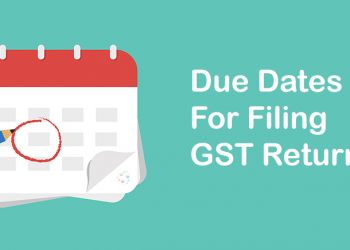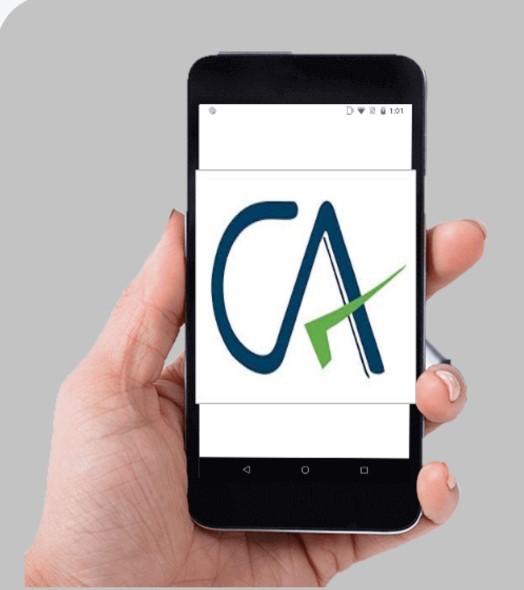Now with advancement in technologies and with Indian’s working abroad or setting up companies in abroad and earning outside India is bringing foreign exchange in India but, income also attracts tax.
As per Indian Income tax law, global income of resident will be taxed in India or in general each country wants to tax the income of its residents in it’s own countries.
Now to deal with this global income and tax situations treaties have been made which defines how tax would be charged on a particular income. However there are certain situations where language of treaties is not clear or there may be some countries with which India doesn’t have a treaty and in such case if you do business with a resident of that country there might be situation that either you might end up paying taxes there or your tax might be withheld by the resident of that country.
Also there are many cases where tax agreement’s are clear, however just to be on a safer side people tend to withhold tax. Then in such situation there might be a case of double taxation and therefore to stop such situation from occurring there is a concept of Foreign tax credit u/s 90/ 91, where one get’s the credit of foreign tax credit if it has been paid to the extent specified under rule 128 of the Income Tax rules.
One won’t get a credit if he has taken a refund of such amount or such amount is in dispute, also in a simple language the FTC will never exceed the actual amount of tax paid by assessee. Now let’s see how you can claim such credit.
CBDT has released Form 67, which needs to filed by the assessee online. This needs to be filed by the assessee to take foreign tax credit in the year in which he offers corresponding income to tax in India.
Form 67 shall be available to all the assessee’s login. The assessee is required to login into the e-filing portal. Then under E-file drop down assessee needs to select Prepare and submit online Forms (Other than ITR). Select Form 67 from the drop down and the instructions to fill the same would also be available there.
You need to keep the following details ready with you:
- Country from which income received.
- Source of Income.
- Income from outside India.
- Tax paid outside India in amount and rate.
- Tax payable on such income under normal provisions in India.
- Tax payable on such income u/s 115JB or 115JC.
- Credit claimed u/s 90/90A: Article number of DTAA (Double Taxation Avoidance Agreement), Rate of tax mentioned in DTAA, Amount.
- Amount of Credit claimed u/s 91.
- Total Foreign tax credit claimed.
You need to fill some other requirements also and in the end attach certificate or statement and proof of payment/deduction of foreign tax as referred to in clause (ii) of sub-rule (8) of rule 128.
In the attachment you need to submit the following statement and certificate:
1. A statement of income from the country or specified territory outside India offered for tax for the previous year and of foreign tax deducted or paid on such income in Form No.67 and verified in the manner specified therein.
2. Certificate or statement specifying the nature of income and the amount of tax deducted therefrom or paid by the assessee,—
(a) from the tax authority of the country or the specified territory outside India; or
(b) from the person responsible for deduction of such tax; or
(c) signed by the assessee:
Provided that the statement furnished by the assessee in clause (c) shall be valid if it is accompanied by,—
(A) an acknowledgement of online payment or bank counter foil or challan for payment of tax where the payment has been made by the assessee;
(B) proof of deduction where the tax has been deducted.
Once you submit Form 67 you can claim credit of such foreign tax paid outside India.
You can check procedure for FTC: HERE.
You can check Form 67 and its requirements HERE.
This article is just for information purpose it is always advisable to hire a professional for practical execution. If you need assistance you can ask a question to our expert and get the answer within an hour or post a comment about your views on the post and also subscribe to our newsletter for latest weekly updates.




![[Live] Updates and Tax changes for Budget 2023 | Tax on cryptocurrency | Income tax and GST udpates in Budget 2023 [Download Bill]](https://www.taxontips.com/wp-content/uploads/2023/02/Budget-2023-350x250.webp)








![[Live] Updates and Tax changes for Budget 2023 | Tax on cryptocurrency | Income tax and GST udpates in Budget 2023 [Download Bill]](https://www.taxontips.com/wp-content/uploads/2023/02/Budget-2023-120x86.webp)


Comments 2